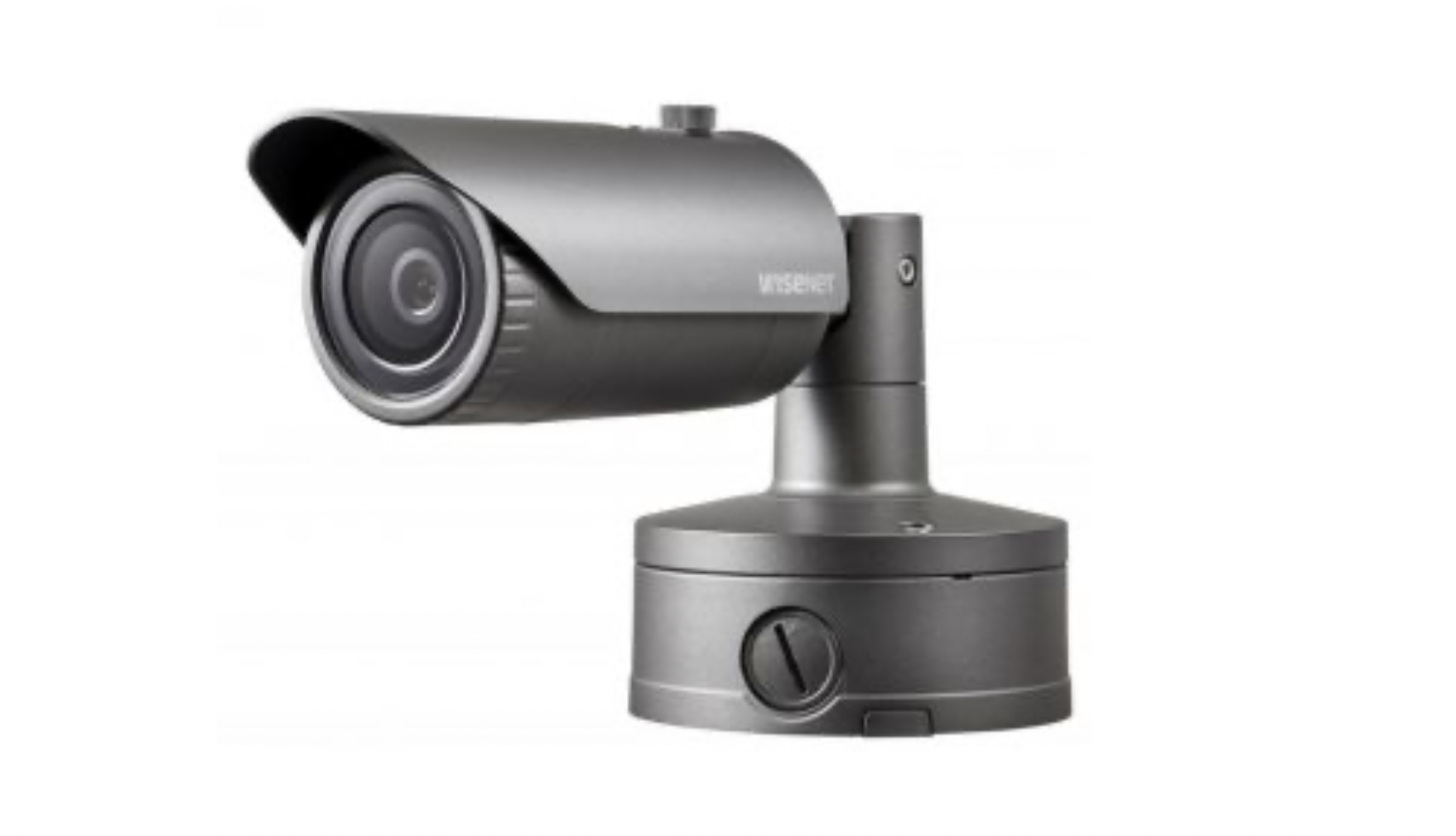The word IP is short for Internet Protocol. These cameras use CAT5 or CAT6 Ethernet cables to get power and send its video feed. In addition, these cables are just like a computer cable connecting to the Internet. Therefore, these cables are easy to set up. IP cameras provide flexibility and effectiveness. They are typically the first option for security systems.
Internet Protocol (IP) cameras are often referred to as Network Security Cameras. They are digital video cameras that work like analog security surveillance systems. For instance, an IP camera uses a web server and assigns an auto IP address to the camera. The web server enables the user to control, adjust settings, view images, and watch recorded videos. IP cameras must connect to the Internet and produce clear video depending on the resolution. When you use it with a network video recorder, it can record and store video footage.
The cameras come with a variety of features that let users record in high definition, adjust light levels, adjust settings remotely, and view recordings. With the right system, you can customize it from any location. Therefore, if you use HD resolution, you can capture HD video capture details like license plates or people’s faces. Motion detection can send you an email or text notification in case someone tried to tamper with your security camera systems. Other features include video compression, zooming, pan-tilt-zoom capabilities, and night surveillance.
For commercial-grade security, there are many benefits to using IP security camera systems. They possess excellent zooming capabilities because of their advanced lenses and provide embedded video analytics through an NVR. This means they can highlight events based on facial recognition, motion detection, or the time a person has been there.
They can cover a wide area and are scalable, you can install as many cameras as you would like, and they are affordable because of the minimal wiring and maintenance requirements.

